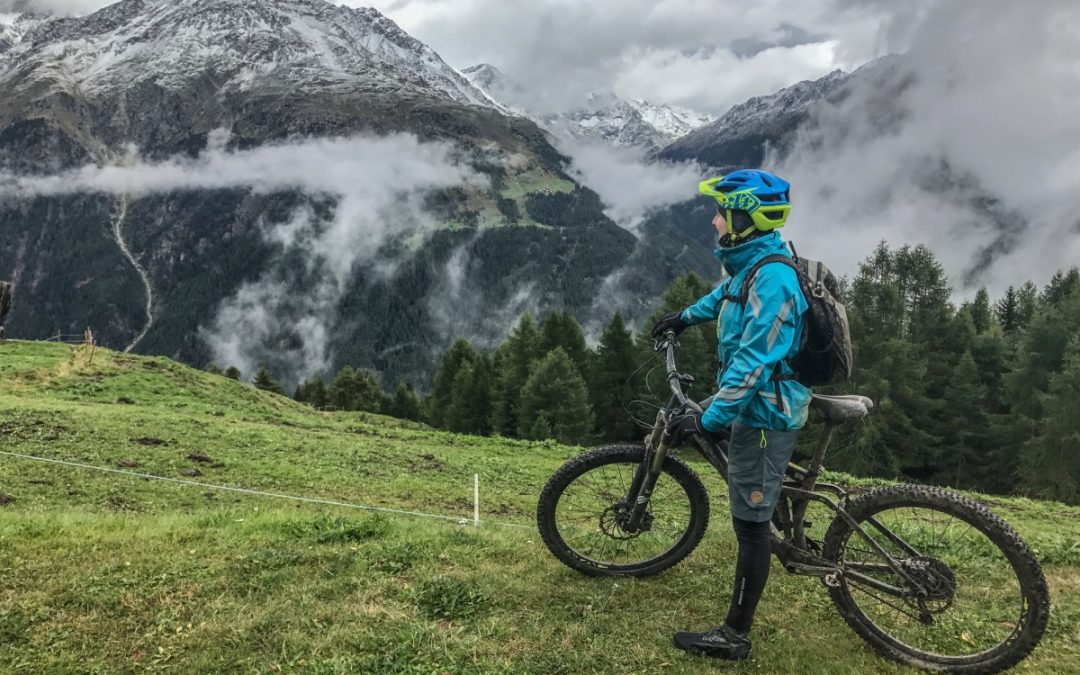The idea of mountain biking amongst snowy landscapes may seem very attractive in your mind. Why wouldn’t it? It looks like something out of a film!

But the realities of mountain biking in the winter are less than cinematic. In reality, it can be very dangerous. Whether it’s snow, sleet, ice, or simply the freezing temperatures, there are plenty of ways you can get into trouble when biking in the winter.
However, you don’t want to stop biking over the winter just because of some cold weather. When you look out at the below-freezing temperatures, it can feel tempting to stay in and catch up on the latest rugby union scores, but you know you’ll love it when you’re out on the roads.
For that reason, ensuring you know the dangers and take preventative measures to avoid trouble is essential to keep biking no matter the season.

Check your roads beforehand
When it’s icy out, you need to check the roads you are going to take before you set off. It is imperative that you only stick to roads that have been treated already. This should ensure your safety when biking in icy conditions.
Even when following these routes, you need to stay alert. Large, exposed sections of the road can become icy again as the wind chill affects them. When you see icy patches, you should always try to go around them – that’s only if you have time to manoeuvre it and if the route around the patch is safe.
If you find yourself in an icy patch, the best course of action is to ride it out. But, whatever you do, don’t make any sudden movements.
As with all winter weathers – snow, ice, rain – be aware of increased stopping distances.

Lights
In the winter, it gets light later in the morning and gets darker earlier at night. Even during daylight hours, it can get pretty dingy and dark on a cloudy day. Because of this, keeping on top of your lights is essential. Both so you can see, and so you can be seen by others.
The best way to keep your lights safe is to ensure your lights are USB chargeable, not battery chargeable. With battery chargeable lights, you’d have to stop to switch out batteries if your lights go. Plus, if you find yourself caught out with no replacement batteries, you won’t have any lights at all. This is simply too dangerous during the winter months.
Goggles or Glasses
Wearing goggles might make you feel a little silly, but they are a necessity during winter. The rainier season means the tracks you’ll be biking are much muddier. Keeping your eyes protected from the splatter is key to keeping your vision clear (and your face clean!).
Goggles will also keep the wind out of your eyes – and keep your eyes moist. However, ensure your goggles are clear so you can see your route perfectly.


